Insect bites: Can they be fatal? What is first aid?

The summer months are ideal for an increased incidence of insects. They are annoying, constantly perching on everyone, bumping into faces, buzzing behind ears and some cyclists are literally fed up with them. Their bites or stings cause a rash at the site of the sting, redness, sometimes swelling or itching. The appearance of the bite depends on the type of insect with which the person has come into contact. In the case of hypersensitivity of some individuals, an allergic reaction or even anaphylaxis can occur. A special category is formed by so-called "carriers" of various diseases. These are mainly foreign insects, which become topical during the holiday and travel period.
Article content
Beetles, spiders, mosquitoes and other insects can be quite annoying. In addition, they cause stings, allergies, diseases such as Lyme disease or encephalitis. Some stings or bites can even lead to death.
Types of insects and what to expect from them
Insects (Latin: insecta) belong to the subgroup of invertebrates (invertebrates include spiders, scorpions, centipedes, etc.). It is an animal that is more than half the size of the animal kingdom.
The articulated body of insects is encased by an exoskeleton (a tough outer shell) and consists of three supporting parts. The basic structure of their body consists of a head, thorax, buttocks and they have three pairs of legs. They have antennae and most of them (not all species) have wings, thus they are able to fly.
It can be found in every corner of our planet. It can be found in forests, steppe areas, deserts, water (several species inhabit the oceans). It moves by walking, can jump and swim. However, we most often encounter insects when they fly through the air.
The basic division of insects
Insects can be divided into four categories, according to their relationship to humans and society as a whole. Some species are important to us, and we even regularly use their products, whether in the home or in cosmetics.
- Indifferent insects - More than 99% of insects are classified here. They are characterised by being neither useful nor harmful to humans and nature. This does not mean that they cannot be intrusive and annoying.
- Utility insects - This type of insect produces a product that is important to humans. It can be used in the home, in the kitchen, in cosmetics. The effects of some of the resulting products even have a positive or even curative effect on humans and are therefore also used in medicine.
- The most common are honey or propolis, which have beneficial effects on health. Wax for candle making, carmine as a red food colouring, silk or shellac for paint can also be used.
- Beneficial insects - This includes a group of winged insects that, through their work, have an overall positive impact on life on earth by pollinating flowers and expanding the plant kingdom. Some species affect soil quality, destroy dead organisms, and even contribute to water quality by purifying it.
- Harmful insects - Unlike beneficial insects, these species are involved in the destruction of flora. They attack some plants, eating them, preventing their growth and contributing to their extinction. They are, of course, also harmful to other animals and humans.
- This includes parasites and insects that cause human health problems by biting or stinging.
- This can be an allergic reaction, anaphylaxis or the transmission of various even serious diseases such as malaria, plague, yellow fever, dengue fever, Japanese encephalitis or the Zika virus.
Basic identifying features of bedbugs
Some species have stings, such as bees, wasps, hornets or mosquitoes, and sting when attacked. Others have stingers and are characterised by biting, such as spiders or ticks.
Either way, whether it's a sting or a bite, it can cause itching, redness, soreness and in some cases more serious problems. We can sometimes tell what kind of insect or arthropod it is by the appearance of the sting or bite.
Mosquito bites
There is probably not a person in the world who has not been bitten by a mosquito. Its bite looks like a small red bump. We usually find several bites on the body at the same time and they are not in close proximity to each other.
A bedbug is characterized primarily by itching. The more we scratch the bedbug, the more itchy it gets.
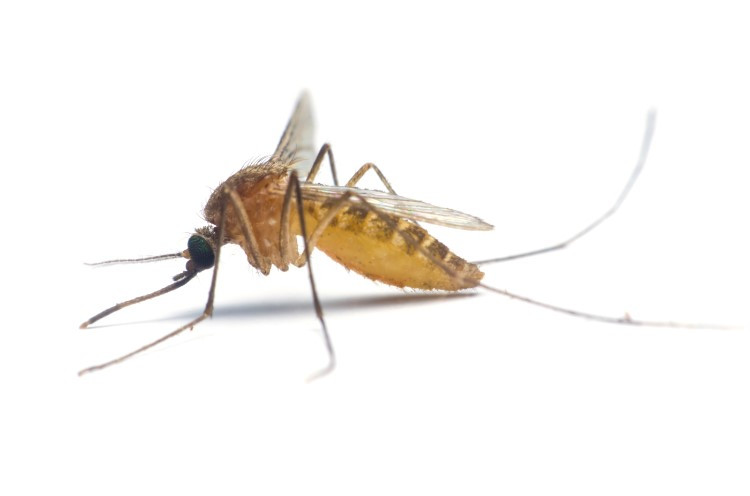
Bee and wasp stings
Anyone who has been stung by a bee or a wasp will know that its sting is painful. The stung part of the body is painful, the wound and its surroundings are reddened with local swelling. In the centre of the bud can be observed the sting that they leave after the attack.
Sometimes it is absent and there is only a white dot-shaped wound where it used to be.
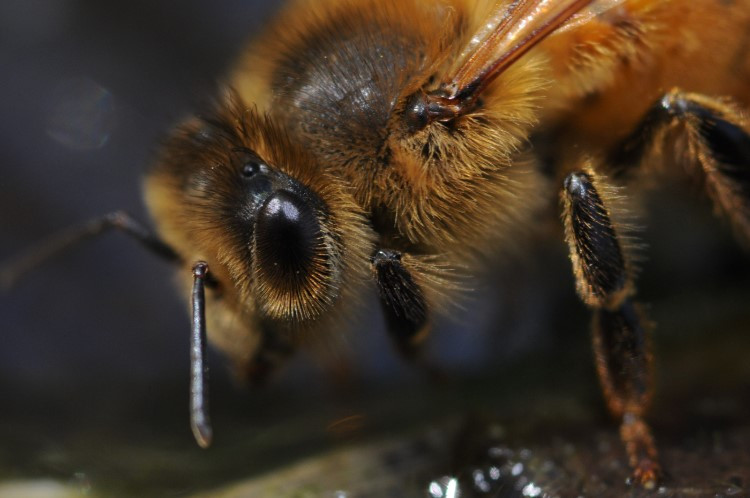
Hornet stings
The hornet is much larger than the bee, but it is also more intelligent and less aggressive. If we do not approach it and provoke it, it does not have the habit of attacking. Its sting is very painful and similar to that of the bee and wasp.
The difference is in the size of the swelling. In hornets, the swelling is larger, more painful, harder to the touch and persists for several days.
.jpg)
Ant bites
There are around 12 430 species of ants in the world. The sting can vary in several ways depending on the species. For example, the pharaoh (red) ant has developed a defensive sting.
Most of the time it is a local redness. At the site of the sting, pus or a small blister may appear. It looks like acne with pus in the middle of the rash.
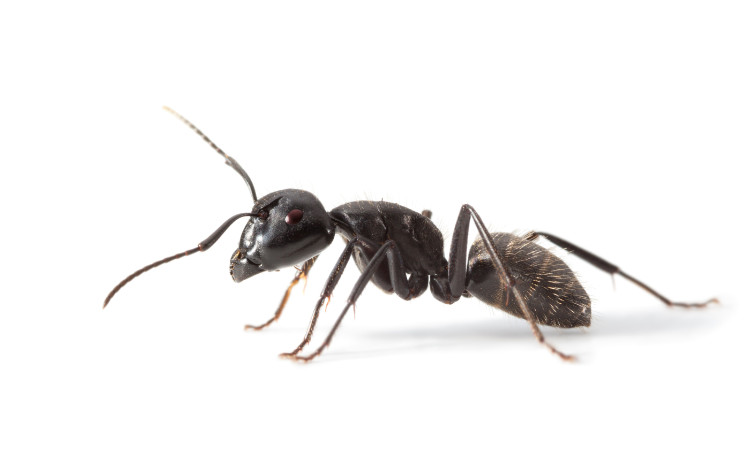
Spider bites
The spider does not have a sting, but has tentacles. Therefore, its bite looks a little different. After the bite, the person feels pain. The degree of pain is individual, depending on the species and size of the spider and the person's pain threshold. The bite site is red, sensitive, painful and itchy. Two puncture wounds can be observed along the tentacles.
The differences and the threat to life depend on whether it is a common and harmless spider species or an exotic one (black widow, steppe spider, firefly...).
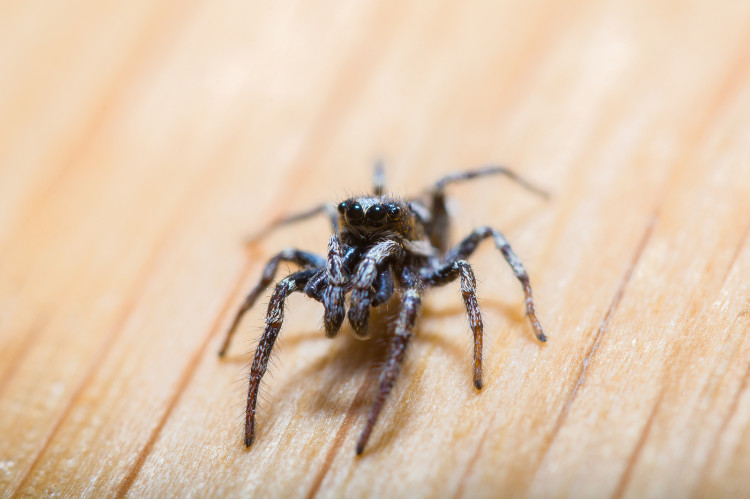
Flea bites
The flea is a stinging insect. Flea bites are more common in animals, but they are also unavoidable in humans. The bites are multiple, usually clustered close together. They are small, red, slightly protruding above the surface of the skin.
There is a small blood spot in the centre. They are among the most scratchy of all scratches.
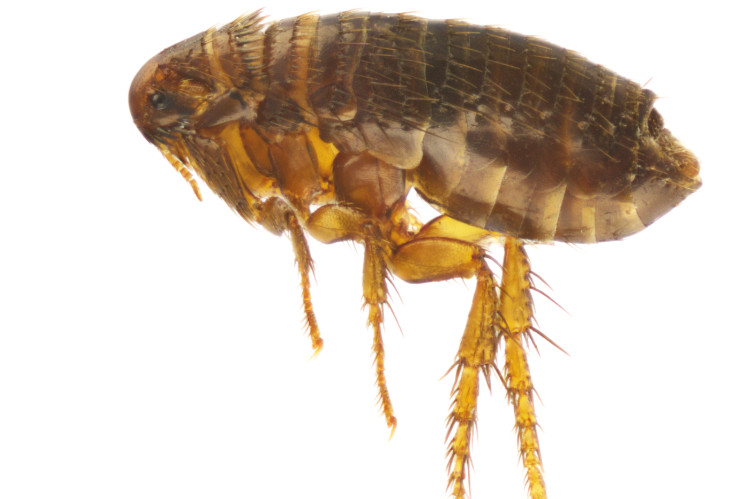
Bug bites
Bedbug bites are not that common.
They occur mostly in people with lower standards of hygiene. Bed bugs often inhabit warm and moist environments such as mattresses.
They leave behind reddish stings that are similar to those of a mosquito, but they are found in close proximity to each other. Since bed bugs suck blood, they are most often found in places where the skin is thinner (wrists, knee socket, ankles, groin).
Bedbugs appear during the night and itch a lot.
.jpg)
Tick bites
Ticks are very common insects. A tick sting does not cause problems. It is just a slightly reddened spot.
- A tick - what diseases does it carry? It's not just Lyme disease. How does it find and stick to a host?
- How to get rid of a tick correctly and safely? 6 important steps
If the site of the bite is swollen, the tick is infected. The danger lies in the gastric secretion of the tick itself. If the tick is infected, it can infect humans with Lyme disease and possibly encephalitis.
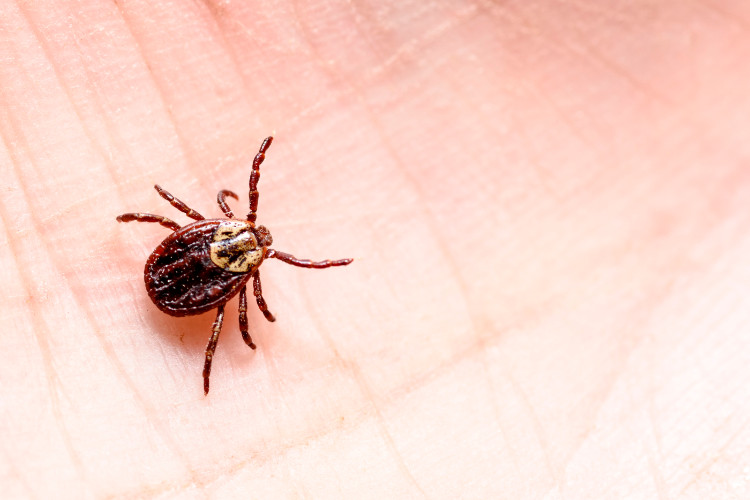
Severe anaphylactic reaction
Any insect species that bites, stings or stings excretes either saliva, stomach contents or venom into the human body. Any individual who is hypersensitive to any component of the excrement may develop an allergic reaction.
A common seeding in the form of urticaria occurs after a bug bite, even occurring simultaneously on the body. More severe allergic reactions occur, for example, after a bee sting. A severe anaphylactic reaction occurs, which without immediate help ends in death.
Anaphylaxis is the body's response to a foreign substance. It is characterised by a rapid onset (almost immediately or within minutes of the sting), a violent course with a serious prognosis.
It manifests itself with seeding over the body, redness and swelling. The swelling quickly spreads to the face and neck. The patient begins to complain of breathing problems as the airways swell. The face begins to turn blue and suffocate.
Less frequently, vomiting or diarrhoea occurs. Heart rate is rapid, blood pressure drops. Collapse and unconsciousness occur. The patient dies of asphyxiation.
Foreign insects and risks
Insects are carriers of serious infectious diseases. In our conditions, we are familiar with Lyme disease or tick-borne meningitis. However, in tropical and subtropical areas, especially during holidays, we can also encounter more serious diseases.
The mosquito Anopheles is the vector. Mosquitoes also transmit diseases such as yellow fever or the Zika virus, which causes babies to be born with microcephaly (undeveloped head).
The plague, which is transmitted by rat fleas, is also dangerous. It occurs mainly in poorer holiday areas with low standards of hygiene.
Before travelling abroad, it is important to find out which diseases are specific to the area you are going to and to consider vaccination before travelling.
Let's look at all the summer problems together:
Our health in summer - sun, heat, injuries and illnesses
How to protect yourself from insects
Insect protection varies depending on where you are. Homes are usually equipped with nets on the windows to stop insects from flying in and causing damage. Similar nets are also on balcony and patio doors.
Of course, the standard of hygiene is also important. If it is low, we are at risk of infestation with, for example, bedbugs.
Those who regularly have crumbs all over the floor at home probably know how difficult it is to get rid of ants with various insect sprays. There are candles with the scent of citronella for mosquitoes, which they find annoying.
Electronic, ultrasonic plug-in repellents are similar. Insect sprays are effective, but we're not allowed to enter a freshly sprayed room for some time.
According to one scientific study, insects have been shown to react negatively to vibrations. Those who fall asleep to music may have noticed this. If the radio or tape recorder is playing, you won't hear a single mosquito buzzing. They'll only start appearing when you turn it off.
Of course, the device must be in close proximity to a human.
Interesting:
How to train your mosquito.
In nature, it's a bit more complicated than that. If we want to avoid insects, we use various repellents. Repellents are sprays that have a specific scent that repels mosquitoes, ticks and mosquitoes.
Beekeepers are familiar with a specific type of protection against bee bites: protective overalls, protective gloves, protective hats, protective hoods and protective veils. These protect beekeepers from the risk of multiple bee stings.
If anyone works with these stinging insects without protective equipment, they are putting themselves at mortal risk.
Help with insect stings
It is not difficult to treat a sting. In most cases, ordinary preparations from the pharmacy are sufficient to relieve itching, pain and swelling. For local redness or local urticaria, fenistil is suitable to relieve allergic symptoms.
You can also find hundreds of home remedies and treatments on the internet. Another treatment is for a severe anaphylactic reaction or a sting from a venomous insect.
First aid for a normal sting without a serious reaction
- remove the sting or pull out the ticks (both with tweezers, not your fingers)
- clean the sting with clean, cold water (painful stings can be cleaned with hard alcohol)
- cool the affected area (ice wrapped in a bag and possibly in a clean cloth - relieves swelling, pain and itching)
- rub with ichthyol, in case of urticaria with phenistil or other anti-allergic cream from the pharmacy (if you don't have it, use vinegar, hard alcohol)
First aid for allergic reaction - anaphylaxis
In the case of a severe allergic reaction, it is necessary to act quickly. The condition develops quickly, progresses and the patient is at risk of death. People who know that they are allergic to a sting, for example, a bee or a hornet, have an epipen at home.
Anepipen is a special pen that contains epinephrine (adrenaline). It is important to distinguish whether the pen is intended for an adult or a child. Children's epipens contain 0.15 mg of epinephrine, adult pens up to 0.30 mg.
The special pens are intended for immediate first aid for allergy sufferers in the event of a severe reaction. If a patient is stung by a bee and starts to swell, choke or possibly turn blue, the epipen should be injected immediately into the thigh and through the clothing.
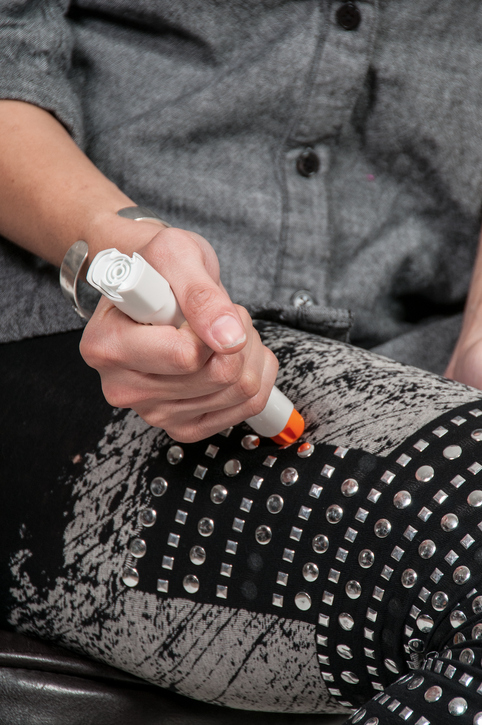
How to properly inject an epipen:
- remove the epipen from the box
- remove the safety catch (it is also written in the instructions)
- remove the cover
- place the pen on the outer part of the thigh, about in the upper third in the direction of the arrow (the arrow points towards the thigh and is drawn on the epipen)
- press the pen as close to the skin as possible
- squeeze and hold for a few seconds (the medicine must get into the muscle)
First aid after epinephrine application
- Half-sitting position for difficult breathing (supine with head in a prone position if unconscious, or stabilized on the side)
- loosen tight clothing around the neck and waist
- ensure air supply (open window)
- cool the affected area, thereby reducing blood flow to the area and slowing the spread of the poison in the bloodstream
- cool the neck, lips and tongue when swelling occurs (ice reduces swelling and slows airway closure and suffocation)
- cover the rest of the patient's body
- Do not give liquids, food, cigarettes.
- call an ambulance, if the patient's condition changes call the emergency services for further instruction
Related










